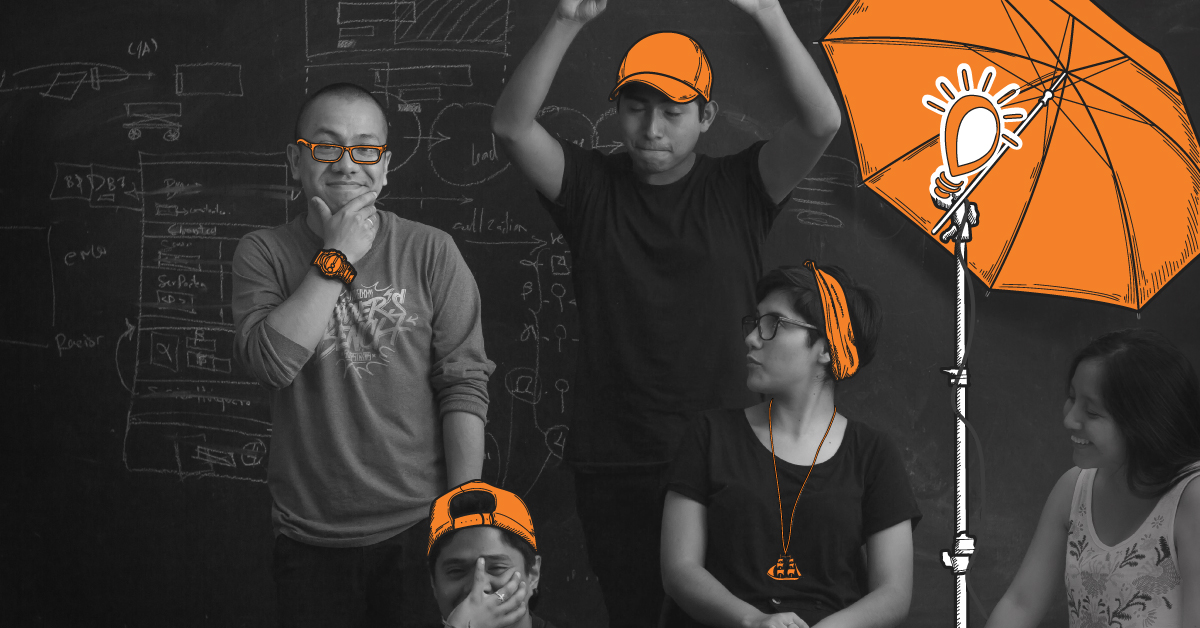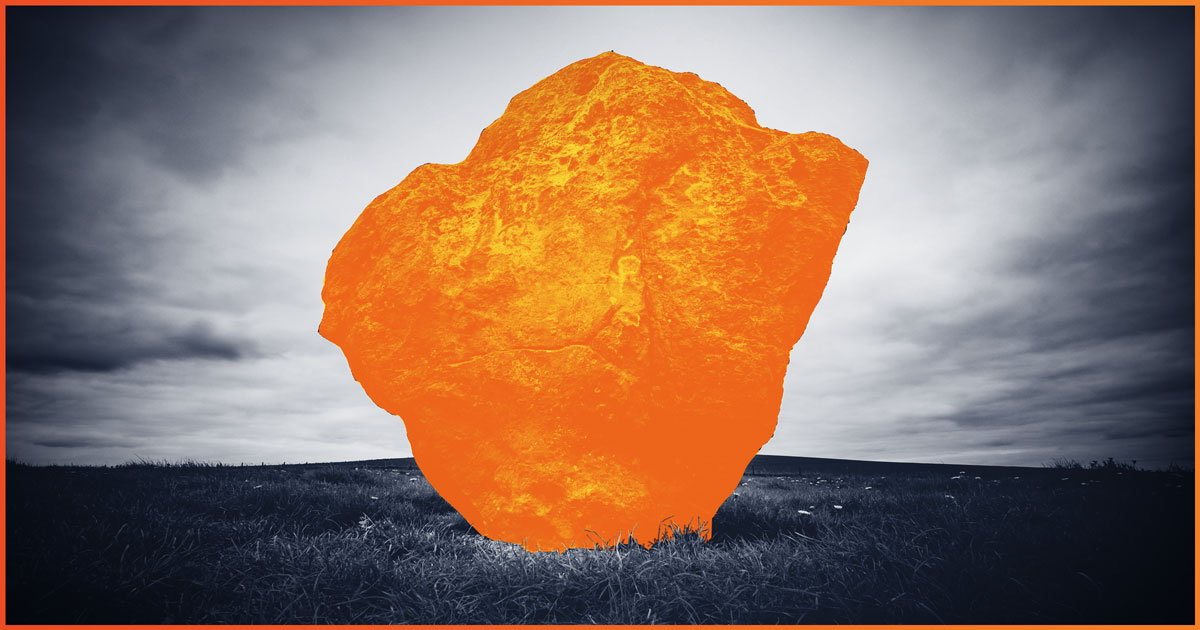As I began to read this book, I was reminded of a book co-authored by Chip and Dan Heath in which they explain why a few ideas “stick” but most don’t. It can also be said about business initiatives in that some have “traction” but most don’t. That is Gino Wickman’s core thesis. As he explains, most entrepreneurs experience one or (probably) more of five common frustrations: lack of control, underperforming workers, insufficient (if any) profits, limited growth potential, and dysfunctional operations. In a phrase, they can’t “get a grip” on their business. What they need is what Wickman characterizes as a “holistic, self-sustaining system that addresses the six aspects of a business”: Vision, People, Data, Issues, Process, and Traction. What he offers is the Entrepreneurial Operating System (EOS) that, if “mastered” (i.e. installed and then maintained properly), will enable business leaders to integrate the six components of their business “into a powerful framework that will help [them] gain traction and realize the vision [they’ve] always had for [their] company.”
In addition to a “Summary” of key points at the conclusion of Chapters 3-8, here’s what caught my eye:
o An “Organizational Checkup” that enables each reader to complete an audit of the its strength in terms of each of the six components and related activities (Pages 10-12)
o The Vision/Traction Organizer (V/TO) used by leaders to sharpen focus on what is most important (Pages 4, 31-75)
o The “Ten Commandments of Solving Issues” (Pages 141-144)
o Documentation of core processes (Pages 151-161)
o “Organizational Checkup” (Pages 204-206) that enables leaders to gain at least some measurement of what has been accomplished since the first “Organizational Checkup” (Pages 10-12)
Presumably Wickman would be the first to suggest that it would be a fool’s errand for any reader to attempt to apply everything that recommended in his book. However, he would insist (and I wholly agree) that an organization should have only one operating system, albeit one that is flexible, resilient, and (yes) durable as well as comprehensive, cohesive, and cost-effective.
For some organizations, the Entrepreneurial Operating System (EOS) – after appropriate modification – will be a significant improvement over how they have operated until now. For other organizations, the EOS offers some attractive possibilities for strengthening even more an operating system now in place and functioning well. Kaizen (i.e. continuous improvement) is a process, not a destination. What Gino Wickman has learned and so generously shares in this book can be of substantial value to almost all business leaders in almost all organizations for whom continuous improvement is more than a laminated affirmation on a wall; it is a way of achieving operational excellence at all levels and in all areas.



